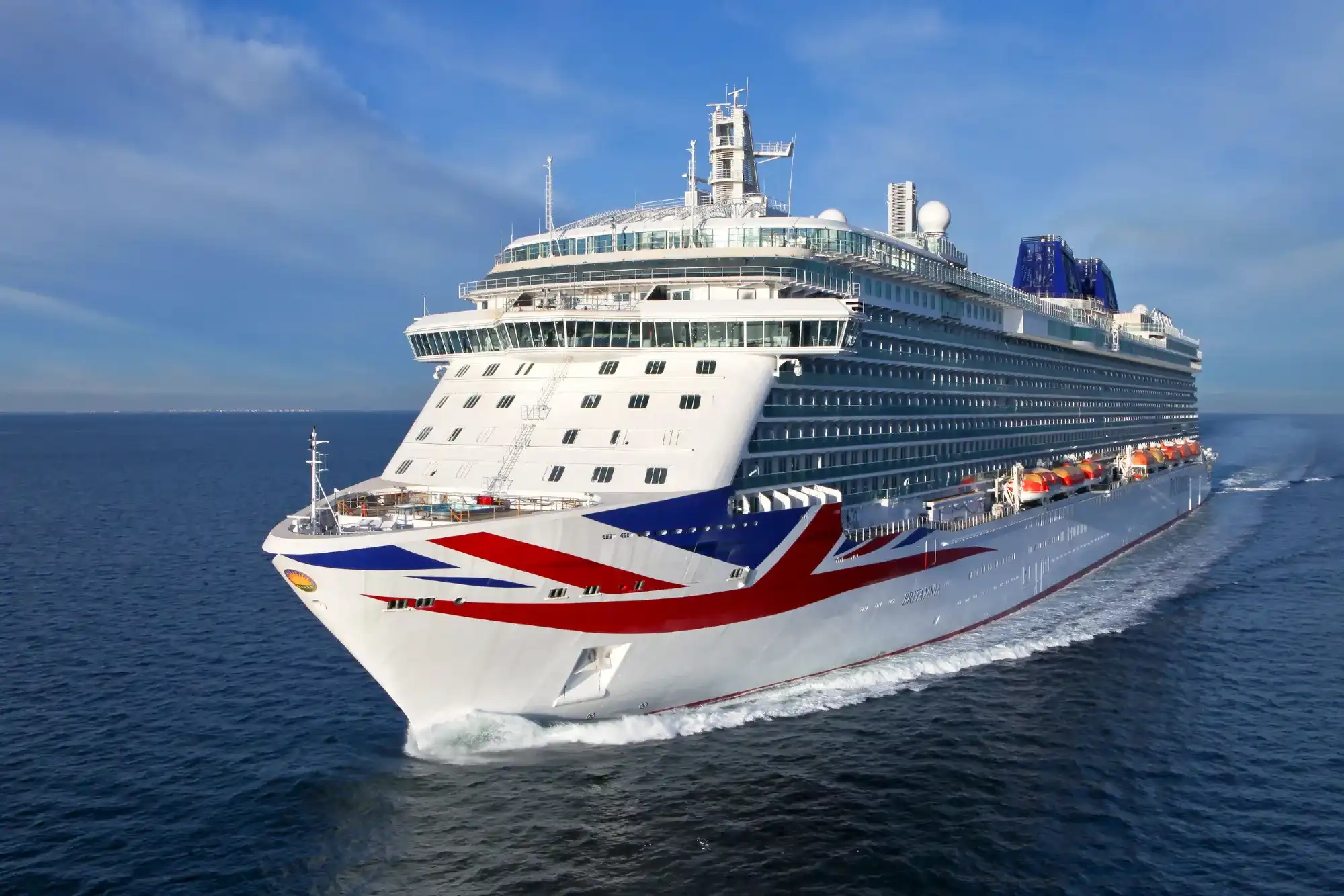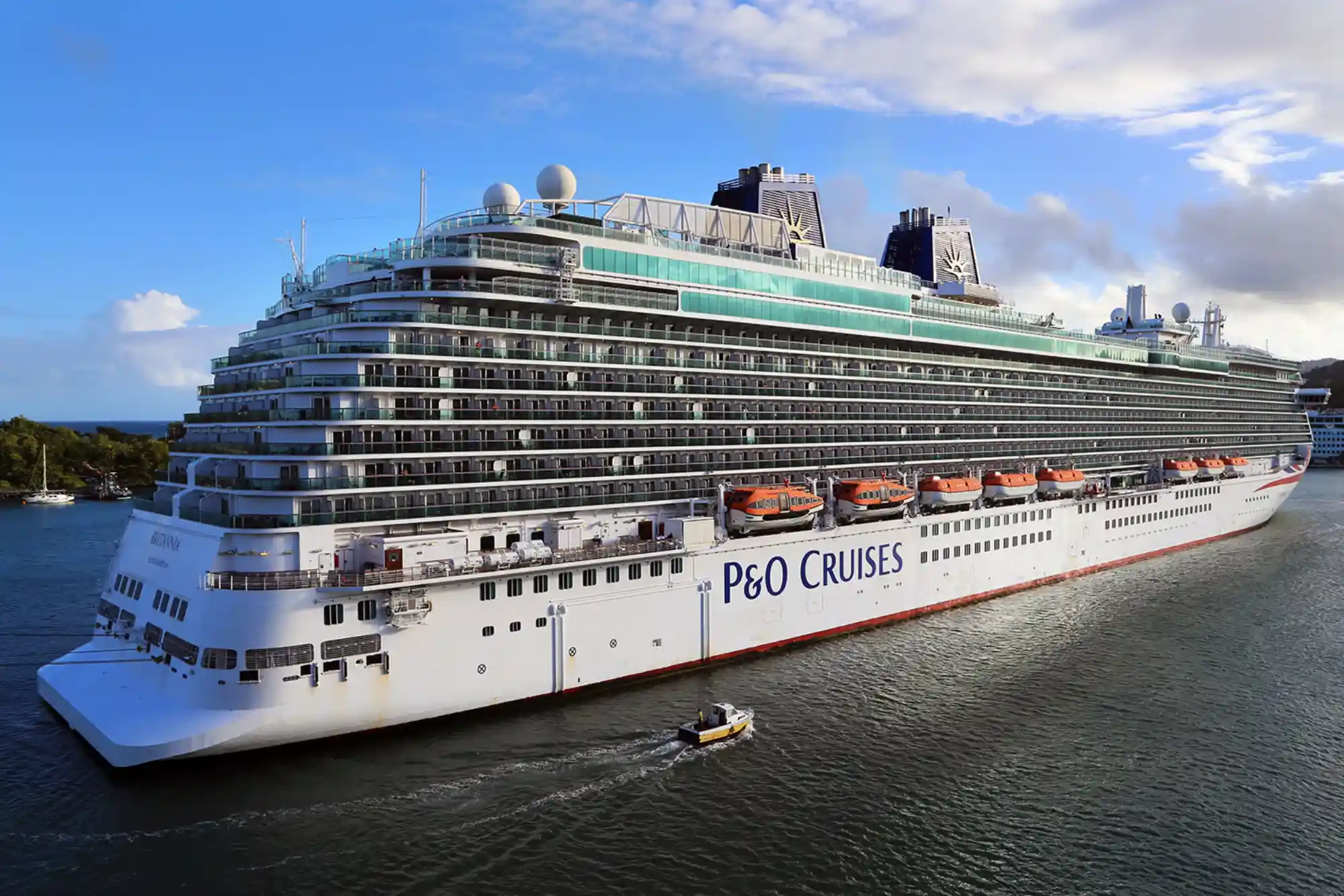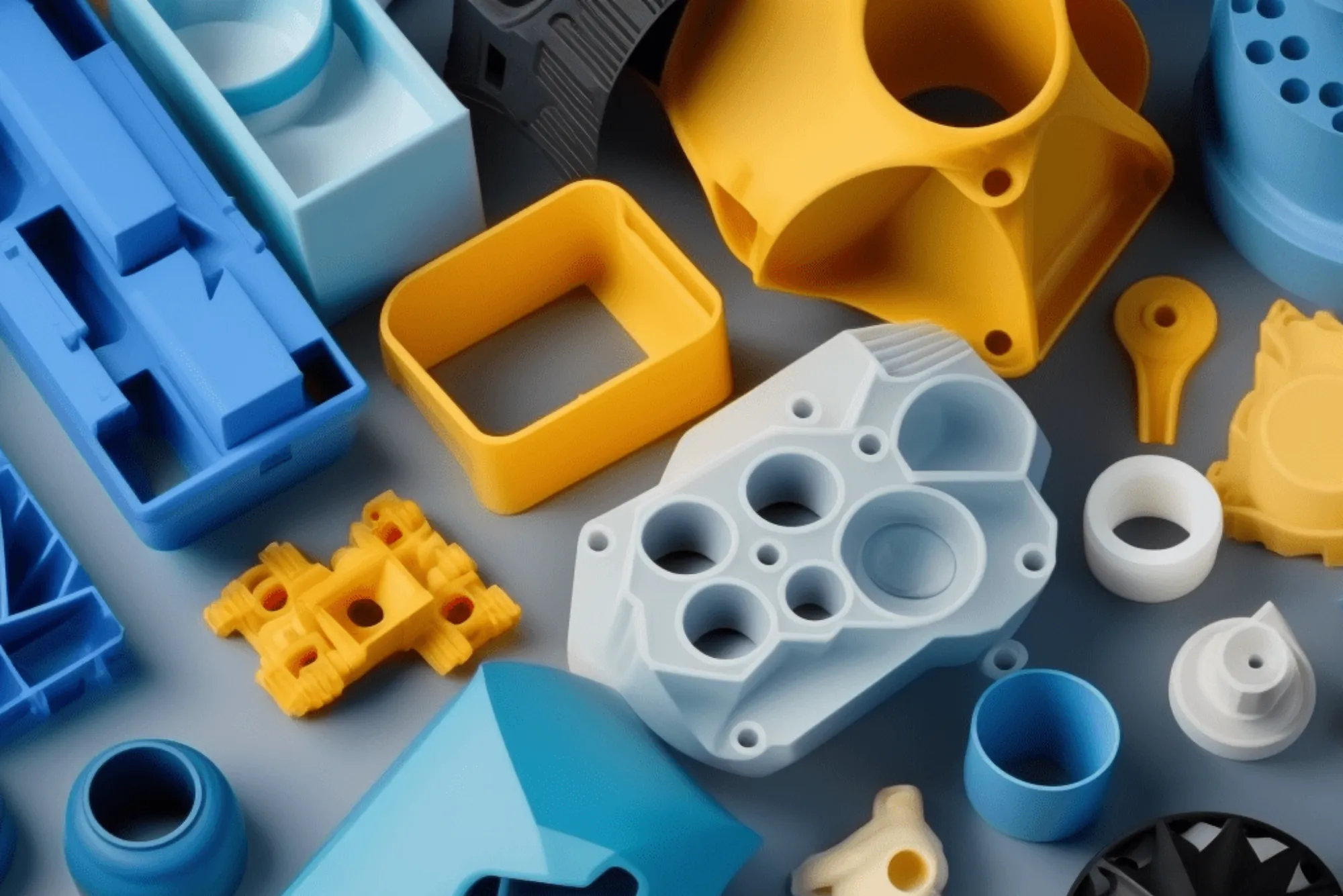Crossword puzzles frequently present clues that challenge our general knowledge, especially with specific terms. One common clue that has puzzled many is related to the “lowest deck on a ship.” This term, while familiar to those with a background in maritime terminology, can be elusive for others. In this article, we will explore what this term means, why it appears in crosswords, and how to recognize it when encountered in puzzles.
The lowest deck on a ship often holds a particular significance for a vessel’s structure and function. By understanding what this part of the ship is, its purpose, and how it connects to common crossword clues, puzzle solvers can confidently tackle this question when it arises.
Understanding the Term “Lowest Deck on a Ship”
The lowest deck on a ship refers to the deepest or bottom-most level within a vessel. This deck is typically located at the base of a ship’s hull, making it closest to the waterline. In many ships, this area is essential for balance, storage, and mechanical functions, often housing engines, fuel tanks, or ballast compartments.
Different ships have various names for the lowest deck based on their design and purpose. For instance, the lowest deck on a ship may be called the “hold” on a cargo ship, as it holds the cargo, while on a military vessel, it might serve as a storage area for munitions or machinery.
Why the Lowest Deck Is Important in Crosswords

For crossword constructors, the lowest deck on a ship makes for a versatile clue. Many terms can refer to this area, and they vary in length, letters, and specificity, making it a common entry in many puzzles. Here’s why it often appears:
- Brevity and Word Length: Crossword puzzles often favor shorter words that fit neatly into grids, making maritime terms like “hold” or “orlop” appealing for puzzle creators.
- Distinct Terminology: Ship terminology is relatively niche, offering a satisfying challenge to solvers familiar with common maritime jargon.
The crossword answer to this clue may vary depending on the puzzle’s difficulty level and the creator’s style. However, the following terms are some of the most frequent answers associated with the lowest deck on a ship in crosswords.
Common Terms for the Lowest Deck on a Ship
Orlop Deck
The orlop deck is one of the most traditional terms used in maritime terminology for a ship’s lowest deck. This term has roots in historical shipbuilding and was commonly used on large sailing ships. Located directly above the ship’s hold, the orlop deck is typically used for storage and other essential activities that do not require natural light or ventilation.
Hold
On many commercial and cargo ships, the lowest deck is often referred to as the hold. This is where cargo, provisions, and other materials are stored during long voyages. The hold is crucial for a vessel’s storage needs and is one of the most functional parts of the ship.
Bilge Area
Another common term associated with the lowest part of a ship is the bilge area. Although not exactly a deck, the bilge is the space at the very bottom of the hull, designed to collect water and debris that accumulate over time. While this term is less common in crosswords, it may still occasionally appear as a tricky variation.
Table of Common Terms for the Lowest Deck on a Ship
| Term | Description | Typical Use in Crosswords |
|---|---|---|
| Orlop Deck | Traditionally used for storage, often located just above the hold in large ships | Frequently appears |
| Hold | The primary storage area on cargo vessels, used for storing provisions and equipment | Commonly used |
| Bilge | The lowest compartment in the hull, primarily used for drainage and waste collection | Occasional |
| Engine Room | Lowest deck on modern ships where engine machinery is housed | Rare |
Crossword Clues for the Lowest Deck on a Ship

In crosswords, clues are often worded to hint at maritime terms without explicitly giving away the answer. Some examples include:
- “Deepest deck on a ship”
- “Storage area in a vessel”
- “Area beneath the orlop”
- “Where cargo is kept on a vessel”
Crossword creators may vary the clues to be straightforward or cryptic, making the challenge engaging for puzzle enthusiasts.
Why Understanding Ship Terminology Helps with Crosswords
Learning maritime vocabulary can add an extra layer of confidence for any crossword enthusiast. As you encounter ship-related clues more frequently, familiarity with these terms can be an advantage. Here are a few benefits to understanding these terms:
- Broader Vocabulary: The terms “orlop,” “hold,” and “bilge” are niche words that enrich a solver’s vocabulary.
- Quicker Solving Times: Recognizing these words instantly allows for faster puzzle completion.
- Increased Puzzle Enjoyment: Knowing niche terms can make crosswords feel less daunting and more enjoyable.
Maritime Terms and Historical Ships
Many terms for ship parts date back hundreds of years, originating from early seafaring cultures. Shipbuilders created specific terms based on the functions and structure of the vessel. While the lowest deck on a ship may seem straightforward, historical ships like galleons, frigates, and clippers had unique deck names and roles. For instance:
- Galleons: The hold or orlop deck was primarily used for food storage or ballast on long voyages.
- Frigates: Ships used for warfare, where the lower deck might hold weaponry and munitions.
- Cargo Clippers: Used for fast transport, where every inch of space was optimized for cargo.
How to Use This Knowledge in Crosswords
Armed with knowledge about maritime terminology, puzzle solvers can confidently address ship-related clues. Here are tips for using this information effectively:
- Identify Clue Style: Determine if the clue hints at historical terminology (like orlop) or function-based words (like hold or bilge).
- Check Word Length: Ship terms vary in length, so pay attention to the grid space to choose the correct answer.
- Think Functionally: Consider what the lowest deck on a ship would logically store (e.g., cargo or engines).
- Recognize Variations: Crosswords may use synonyms or partial descriptions, so be prepared to interpret clues creatively.
FAQs About the Lowest Deck on a Ship
Q: What is the lowest deck on a modern ship called?
A: On many modern vessels, the lowest deck is often referred to as the hold or bilge area. In larger ships, this area is often used for engine housing or storage.
Q: Why is the term “orlop deck” common in crosswords?
A: The term “orlop deck” is a traditional maritime term that fits well in crossword grids due to its specific meaning and relatively short word length. It’s especially common in puzzles with a historical or nautical theme.
Q: Are “hold” and “orlop” the same thing?
A: Not exactly. The “hold” refers to the cargo storage area on many vessels, while the “orlop deck” is the lowest complete deck just above the hold. Both terms may appear in crosswords based on the type of ship or the puzzle creator’s choice.
Q: What clues might indicate a bilge in crosswords?
A: Clues like “water collection area in a ship” or “bottommost part of a vessel” may indicate the bilge, though this is less common in crosswords than “orlop” or “hold.”
Q: Is knowledge of maritime terms useful outside of crosswords?
A: Yes! Understanding ship terms can enhance knowledge of maritime history, help in literature analysis, and broaden vocabulary.



